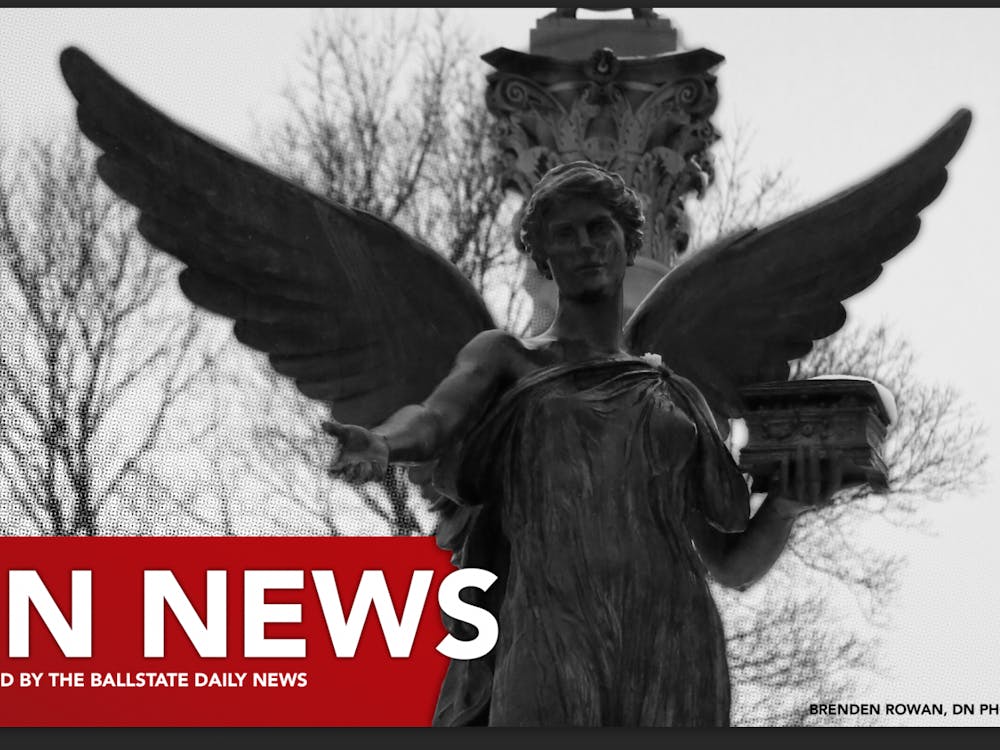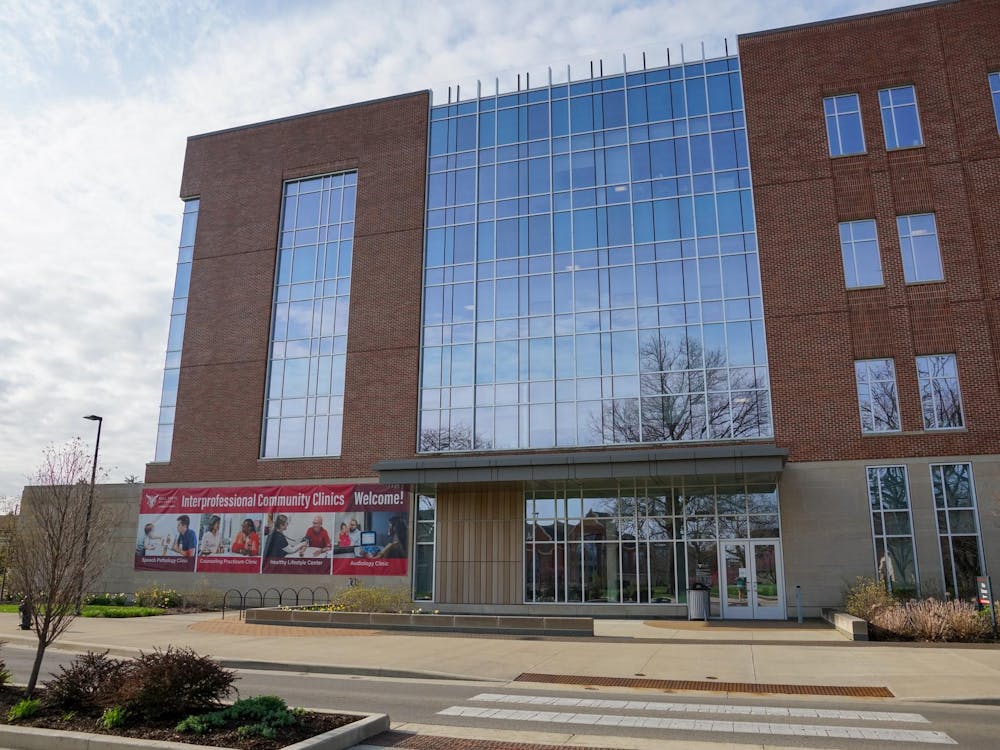Delaware County is generating positive tax revenue per capita, defying the deficit trends for urban Indiana communities.
The Indiana Fiscal Policy Institute and the Ball State University Center for Business and Economic Research issued a study of tax revenues generated by counties in Indiana. The study found that most urban counties across the state are receiving less money from the state than they are paying in taxes, while rural communities are receiving more than they pay.
Jay Julian, president of Muncie and Delaware County Chamber of Commerce, said Delaware County is positioned better than most communitites.
"It's a small, regional community as reflected by Ball State and Ball Memorial Hospital," he said. "We're a leader in this part of the state - East Central Indiana. We're taking advantage of current trends and it's a very positive sign."
Michael Hicks, director of the Ball State University Center for Business and Economic Research, said while major highway projects only take place about every 10 years, they could lead to major financial boosts for a community.
"Folks in Indiana believe they send their taxes to Indy, and it stays there," he said. "But often it's redirected to areas that need it, such as road projects in rural communities. If next year we see less highway spending [in Delaware County], we might end up in the category of paying the state in taxes."
Dagney Faulk, director of Research at the Ball State Center for Business and Economic Research, said since it is a smaller metro area, Delaware County will receive a higher tax revenue than larger communities.
"Urban areas tend to be retail centers and generate more sales tax," she said. "The difference is such that urban areas pay more in taxes than they receive in state spending."
The Intrastate Distribution of State Government Revenues and Expenditures report identified 22 counties as net donors, meaning they lost money during fiscal year 2009, and 70 counties as net recipients, meaning they earned a positive tax revenue last year. Delaware County is ranked 37th on the list with a $295.69 net gain per capita.
The purpose of the report, according to the document, is "to give policy-makers more information with greater geographic precision to consider as they contemplate the state's future budget and tax policy."
Hicks said the report should not greatly affect relationships between the state and policy makers at the local level.
"We think it makes sense for urban areas to receive less money from the state than the rural communities," he said. "That's why we have state spending money, to distribute it across the state. Because we have a university, it's hard to argue the government is taking our money and not giving it back to the community."
Hicks said he would be interested in updating the report every three years to see how trends in the recession might play into trends in tax revenue.
Faulk said the report was created at the request of the Office of Management and Budget. She anticipates updating the report every five to 10 years, as the report's findings are not expected to change significantly from year to year. This is the first time such a study of tax revenue by counties has been conducted in Indiana.
"Our results were similar to results from studies in other areas," Faulk said. "Urban areas subsidize rural areas."
More information from fiscal year 2009
Total revenue in Indiana was approximately $25.5 billion.
Taxes accounted for approximately 55 percent of Indiana's total state government revenue.
Indiana's state government allocates spending of tax revenues through roughly 550 separate funds.
General sales tax comprises 44.5 percent, or $6.2 billion, of Indiana's total tax revenue.
Individual income tax comprises 31 percent, or $4.3 billion, of Indiana's total tax revenue.




